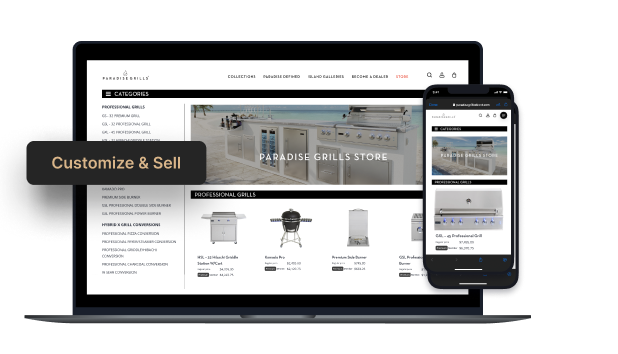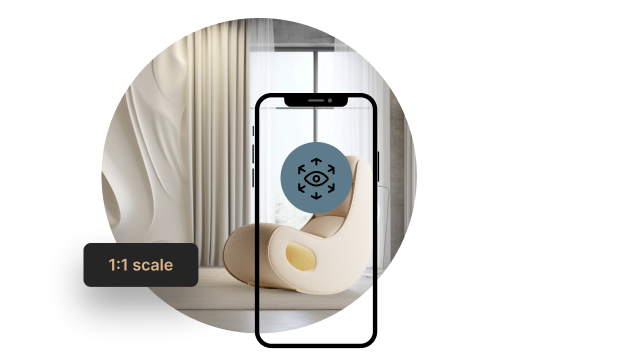The Ultimate 2025 Sofa Configuration Guide
Get your free copy todayy!


See what your 3D models can do for you - by leveraging your 3D assets, we automate the creation of custom product visuals, enabling easy generation of multiple variations with high efficiency
.png)


The first step is getting familiar with your 3d assets library. We need to understand all of the rules and exclusions that define the possible variants and section combinations.
Visuals require setting the environment for the product, including lighting tests. This stage can reflect real use conditions, an imaginative setting, or a studio-type pure white backdrop. Here, the quality of the 3D models is tested—if the visuals are to be photorealistic, the models must perfectly reflect the product, including minor imperfections.
During work sessions, we select the most attractive shots and individual stages, and seek verification and feedback from both the client and the creative director. Changes are made in real time, with static renders and animations being updated, modified, or discarded as needed.
Approved visuals can be sent to your marketing team in the selected formats. We can also automatically synchronize your ecommerce with the visuals library. Any subsequent changes to the 3D models, product variants, materials, shots, or times of day can be made quickly and at low cost.





If the points above resonate with you, or if you are simply looking to improve your quotation process...